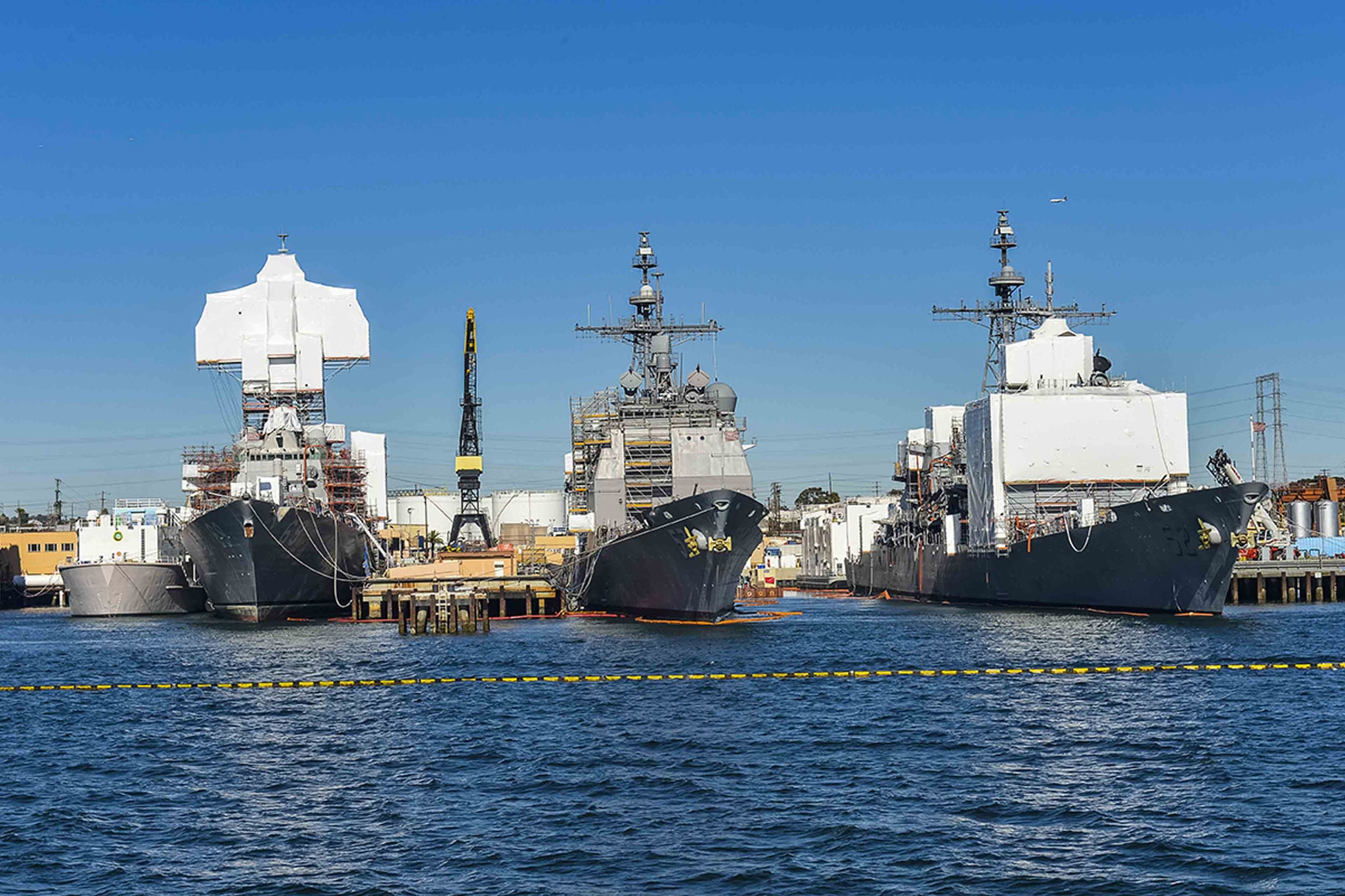Over the past three and a half years, EY has seen a major cultural shift in how the Navy operates its fleet of ships and aircraft. The focus has moved from activities and mitigating risks to accelerating performance improvement and measuring outcomes.
The P2P approach is bringing a new type of discipline to leadership, relying on data to drive insights that inform decision-making. This is creating a culture of transparency, accountability, accelerated learning and timely data-driven decisions.
EY is helping Navy leaders monitor progress and expand efforts in areas they have targeted for improvement. Shawna F. Li, Senior Manager, Strategy Consulting, Government and Public Sector, Ernst & Young LLP says, “We see many changeovers in Commands, in both Admirals and Captains. EY provides the continuity by educating and coaching these new leaders on what P2P is, how it works and why it should be part of their readiness infrastructure. The Navy can move forward with confidence, knowing they have a consistent approach and the right analytical tools in place to manage performance.”







